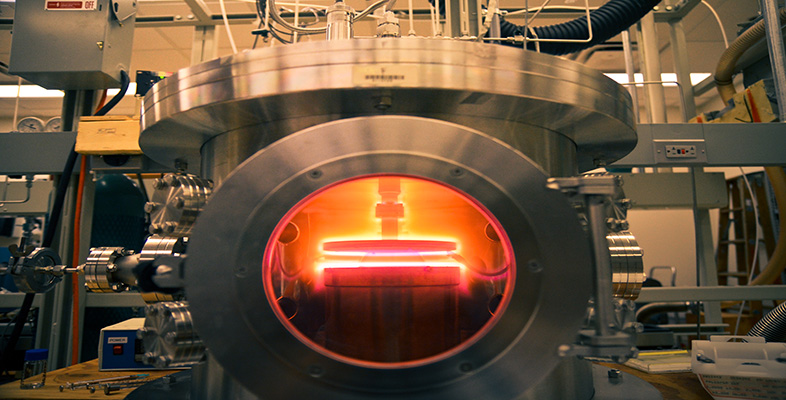6 The water boiler again
6.1 Review
Let's see if we have made any progress in studying thermal effects. The following SAQ is based on Exercise 3, although this time I have a higher expectation of how much you should be able to do.
SAQ 7
Here is a list of twelve items to fit into Table 10 as A to L. Place at least three in each of the categories – gradual, accelerating and sudden.
Creep deformation (slow change in shape of a material under stress)
Homogenisation of castings (reduction of non-uniformity of composition)
Glass shattering under thermal shock
Convection in a domestic water system
Quenching (sudden cooling from high temperature) and tempering (reheating to a moderate temperature to allow regrowth of crystals and thereby improve ductility) of steel
The temperature dependence of resistivity demands highly uniform cross-section of a lamp filament
p–n junctions (regions in a semiconductor where differently doped regions meet) are stable against homogenisation (don't intermix) at room temperature
Fuses in electrical circuits
Superconducting transitions are all at inconveniently low temperatures (so far!)
Provision of surface compressive stress enables 'safety glass' for car windows
Onset of unwanted reactions in chemical processes
Silicon melts at 1414 °C, so diffusion of dopants to control semiconducting properties cannot be done at arbitrarily high temperatures.
Answer
The completed version of the table was given in the answer to Exercise 3.
